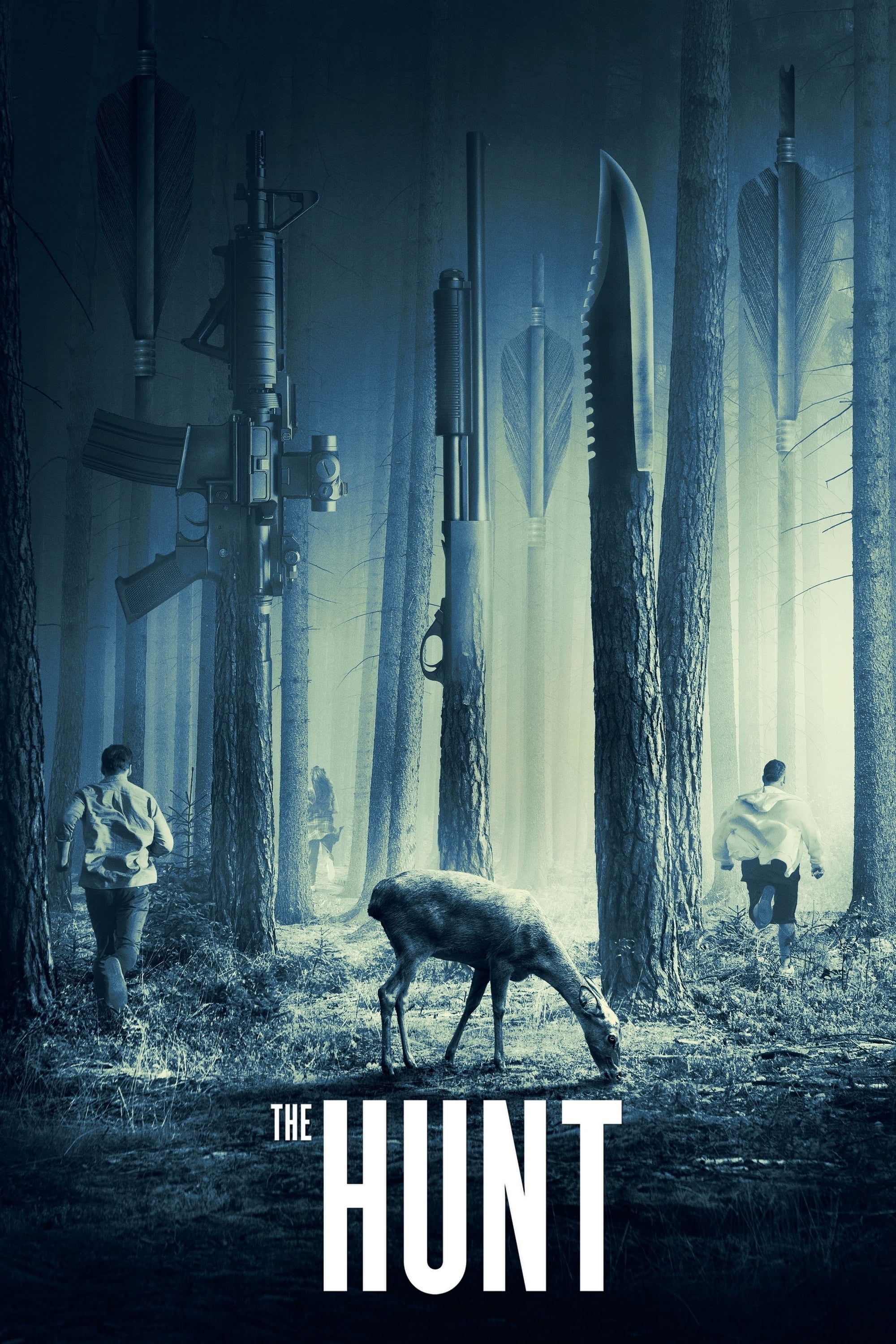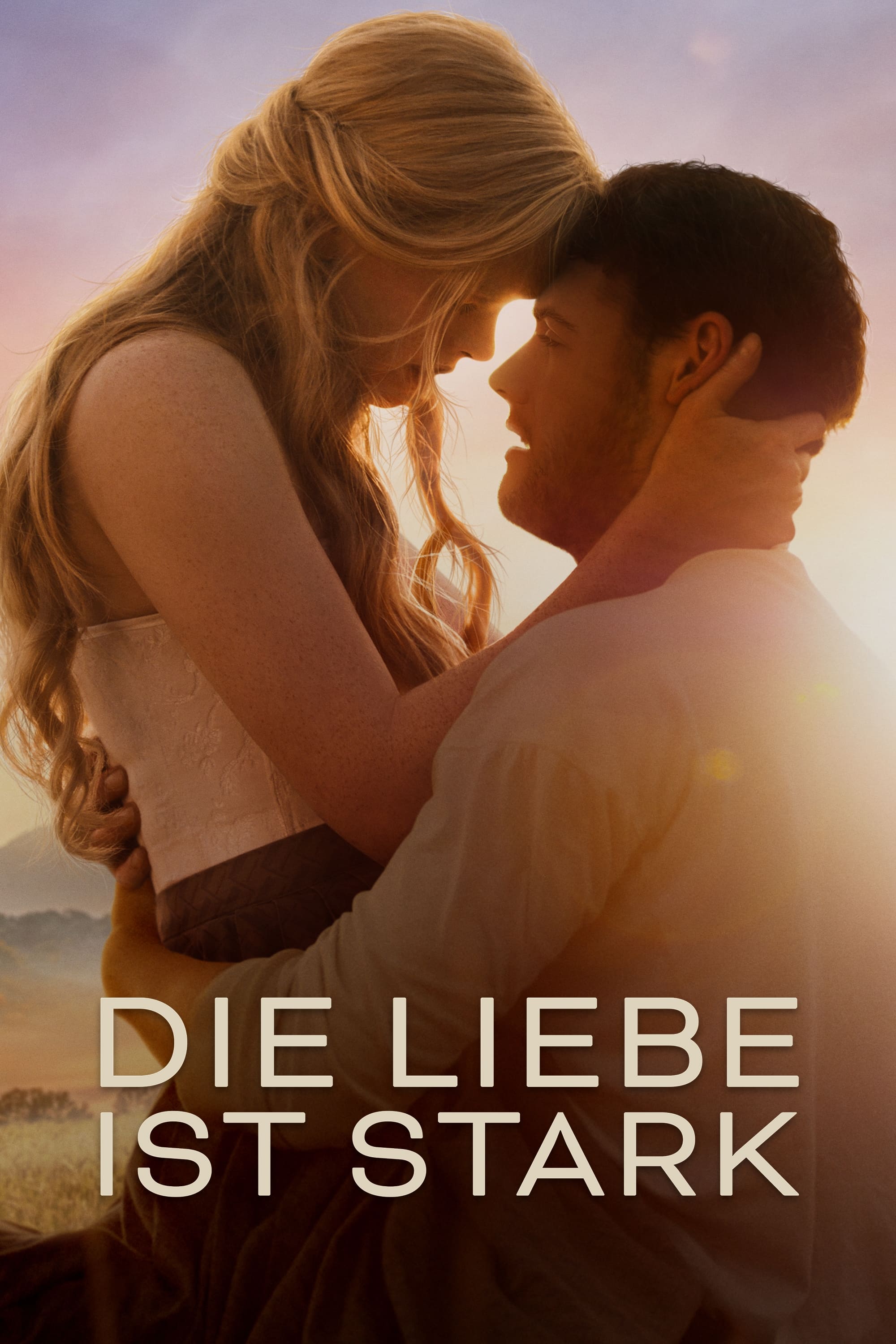![Various Artists - Daryl Runswick: Four Nocturnes, Viola Sonata (2024) [FLAC 24bit/44,1kHz] Download](https://imghd.xyz/images/2024/01/22/aeewecoopfwwb_600.jpg)
Various Artists – Daryl Runswick: Four Nocturnes, Viola Sonata (2024)
FLAC (tracks) 24 bit/44,1 kHz | Time – 46:09 minutes | 415 MB | Genre: Classical
Studio Masters, Official Digital Download | Front Cover | © ASC Records
‘Four Nocturnes’ (1992-3, revised 2010; perf. London Voices & National Symphony Orchestra Chamber Ensemble, conducted by Ben Parry) contains settings of Byron’s night poetry. The range of subjects and moods is enormous, from gothic black to risqué farce, and this provides the composer with a rich quarry for an extended piece. In ‘Viola Sonata’ (2012, revised 2015; perf. Caleb Sibley, viola & Aleksander Szram, piano) the long melody heard at the beginning of the sonata is reintroduced many times in different guises. This gives the piece its unity, while the re-imagining – retrograding, inversion, canon, rhythmic compression, reduction to chords, etc – provides the variety.“I wrote Four Nocturnes in 1992-3, a commission from The Wooburn Singers of High Wycombe, England, and their conductor Stephen Jackson. How the piece came out is not how I originally planned it. I had suggested Byron as the writer but instead of his poetry I had prepared a libretto from his diaries and letters, with the occasional verse thrown in, dealing with his chaotic personal life and his support, quickly turning to hatred, for Napoleon Bonaparte. This piece was to be called The Disappointments of Lord Byron, and I had already composed some music when the choir threw up their hands in horror. They wanted a straight piece of choral music, settings of poems, not political and possibly scandalous polemic. I almost turned down the commission at that point, being committed to my idea and angry that a mere choir could presume to foil my plans. My publisher, Martin Kingsbury, was philosophical: he’d seen this kind of thing before. ‘The choice is yours, Daryl,’ he said. ‘You give them what they want or return the commission fee.’ This was a very busy time in my career. I was working almost simultaneously on three compositions: I Am A Donut, my improvised ensemble piece, my one-act opera Zuppa Inglese and this Byron piece. It would have been sensible to reduce my workload, but hell, I thought, I’ll throw off the poetry settings they want and take the money. I ditched the sketches for The Disappointments, selected some poems, jotted down Four Nocturnes and moved on. I was so busy at the time that I even farmed out the orchestrations to someone else (years later in 2010 I completely revised these orchestrations, which now represent my own intentions). So imagine my surprise when the piece I never wanted to write, the work I dashed off in a hurry and threw at the choir in disgust, turned out to be a big success. Sometimes, as Kerry Lee Crabbe points out, the stuff we do ‘with our left hand’ comes out better than the stuff we toil and worry over. The first performance was given an ovation, the choir took it on tour to St John’s, Smith Square in London, and the work continues to have a life, culminating in this recording. I dedicated Four Nocturnes to the late Dr Peter Cochran. The texts are taken from his complete edition of Byron. Four Nocturnes contains settings of Byron’s night poetry, of which commodity we discover a large amount. The range of subjects and moods is enormous, from gothic black to risqué farce, and this provides the composer with a rich quarry for an extended piece.
Viola Sonata (2012, revised 2015) was written in memory of my friend John Rolton. As with my other recent sonata-titled pieces – Sonata (Gracing) 2001, Flute Sonata 2003, Third Sonata for piano, 2004 – I didn’t feel the old ‘sonata form’ appropriate to a contemporary piece. Structural devices have lifespans like anything else. I approached the issue of structural unity-with-contrast by applying various treatments, always to the same material. In Viola Sonata this is the long melody heard at the beginning, reintroduced many times in different guises. Thirteen short sections, lasting about a minute each and running without a break, contain each a new interpretation of the basic material. The sections are juxtaposed rather than merged, and the technique is not so much of development as re-imagining or variation. The fact that a relatively small amount of music is used exclusively as the quarry for the structure gives the piece its unity, while the re-imagining – retrograding, inversion, canon, rhythmic compression, reduction to chords etc – provides the variety. The harmonies are made from modes, two of them alternating, one ‘minor-ish’, one ‘major-ish’. The thirteen sections are arranged in groups to form a ‘first movement’, a ‘scherzo’, a ‘slow movement’ and a reprise of the opening.”
Tracklist:
1-1. London Voices – Four Nocturnes I. Donna Julia (07:50)
1-2. London Voices – Four Nocturnes II. Medora to Conrad (06:57)
1-3. London Voices – Four Nocturnes III. Incantation (08:34)
1-4. London Voices – Four Nocturnes IV. She Walks In Beauty (10:32)
1-5. Caleb Sibley – Viola Sonata (12:15)
Download from FileJoker:










![Various Artists - Daryl Runswick - Concerto for Trumpet & Symphony No. 2 (2023) [FLAC 24bit/44,1kHz] Various Artists - Daryl Runswick - Concerto for Trumpet & Symphony No. 2 (2023) [FLAC 24bit/44,1kHz]](https://imghd.xyz/images/2023/08/03/srjrdrwoqli2b_600.jpg)
![Various Artists - Compositrices: New Light on French Romantic Women Composers (2023) [FLAC 24bit/96kHz] Various Artists - Compositrices: New Light on French Romantic Women Composers (2023) [FLAC 24bit/96kHz]](https://imghd.xyz/images/2023/04/27/g0osw18qmr9dc_600.jpg)
![Various Artists - Telemann: The Concerto Collection (2023) [FLAC 24bit/44,1kHz] Various Artists - Telemann: The Concerto Collection (2023) [FLAC 24bit/44,1kHz]](https://imghd.xyz/images/2023/12/04/zd1jqpbm9rggb_600.jpg)
![Various Artists - Eurovision Song Contest Turin 2022 (2022) [FLAC 24bit/44,1kHz] Various Artists - Eurovision Song Contest Turin 2022 (2022) [FLAC 24bit/44,1kHz]](https://imghd.xyz/images/2022/05/15/r1gosgch81qic_600.jpg)
![Various Artists - British Classical Selections (2022) [FLAC 24bit/48kHz] Various Artists - British Classical Selections (2022) [FLAC 24bit/48kHz]](https://imghd.xyz/images/2022/05/22/orn79xd26twua_600.jpg)
![Various Artists - Bach Famous Pieces (2022) [FLAC 24bit/96kHz] Various Artists - Bach Famous Pieces (2022) [FLAC 24bit/96kHz]](https://imghd.xyz/images/2022/12/16/d9gunudtxb0gb_600.jpg)
![Various Artists - Best of 2023 Classical (FLAC Songs) [PMEDIA] ⭐️ Various Artists - Best of 2023 Classical (FLAC Songs) [PMEDIA] ⭐️](https://imageurl.xyz/images/2023/12/11/VariousArtistsBestof2023ClassicalFLACSongsPMEDIA0ea7aed448166d45.jpg)
![Various Artists - The Official Album of The Coronation: The Complete Recording (2023) [FLAC 24bit/48kHz] Various Artists - The Official Album of The Coronation: The Complete Recording (2023) [FLAC 24bit/48kHz]](https://imghd.xyz/images/2023/06/07/ojq9n56udhoyc_600.jpg)
![Various Artists - Simmerdim: Curlew Sounds (2022) [FLAC 24bit/44,1kHz] Various Artists - Simmerdim: Curlew Sounds (2022) [FLAC 24bit/44,1kHz]](https://imghd.xyz/images/2022/07/11/b9sufbcof4ooa_600.jpg)
![Various Artists - Soul Jazz Records presents STUDIO ONE 007 – Licenced to Ska: James Bond and other Film Soundtracks and TV Themes (Expanded Edition) (2023) [FLAC 24bit/44,1kHz] Various Artists - Soul Jazz Records presents STUDIO ONE 007 – Licenced to Ska: James Bond and other Film Soundtracks and TV Themes (Expanded Edition) (2023) [FLAC 24bit/44,1kHz]](https://imghd.xyz/images/2023/08/28/jtq0gwsr1d5za_600.jpg)
![Status Quo - Official Archive Series Vol. 2 (Live in London 2012) (2023) [24Bit-48kHz] FLAC [PMEDIA] ⭐️ Status Quo - Official Archive Series Vol. 2 (Live in London 2012) (2023) [24Bit-48kHz] FLAC [PMEDIA] ⭐️](https://imageurl.xyz/images/2023/12/05/StatusQuoOfficialArchiveSeriesVol.2LiveinLondon2012202324Bit48kHzFLACPMEDIA.jpg)
![Various Artists - Classical Music to Lift Your Spirits Vol. 2 (2022) [FLAC 24bit/44,1kHz] Various Artists - Classical Music to Lift Your Spirits Vol. 2 (2022) [FLAC 24bit/44,1kHz]](https://imghd.xyz/images/2022/12/31/izt48rjjkejdc_600.jpg)
![Various Artists - The Official Album of The Coronation: The Service (2023) [FLAC 24bit/48kHz] Various Artists - The Official Album of The Coronation: The Service (2023) [FLAC 24bit/48kHz]](https://imghd.xyz/images/2023/06/07/tagmold8pv5pc_600.jpg)
![Various Artists - Blacklips Bar: Androgyns and Deviants - Industrial Romance for Bruised and Battered Angels, 1992–1995 (2023) [FLAC 24bit/48kHz] Various Artists - Blacklips Bar: Androgyns and Deviants - Industrial Romance for Bruised and Battered Angels, 1992–1995 (2023) [FLAC 24bit/48kHz]](https://imghd.xyz/images/2023/04/27/x3tmqgpcl4xxc_600.jpg)
![Various Artists - Rendez-Vous With Martha Argerich, Vol. 2 (2021) [FLAC 24bit/96kHz] Various Artists - Rendez-Vous With Martha Argerich, Vol. 2 (2021) [FLAC 24bit/96kHz]](https://imghd.xyz/images/2022/09/24/cgo5ofsx9frbb_600.jpg)